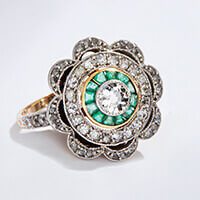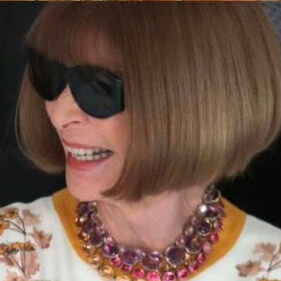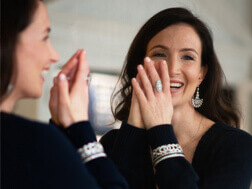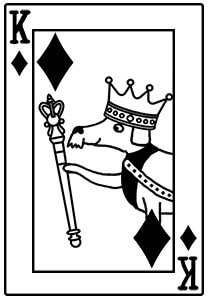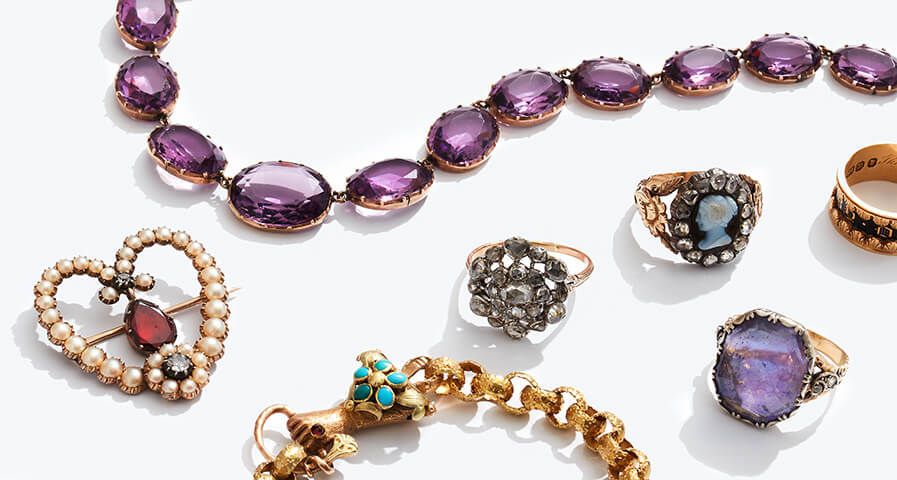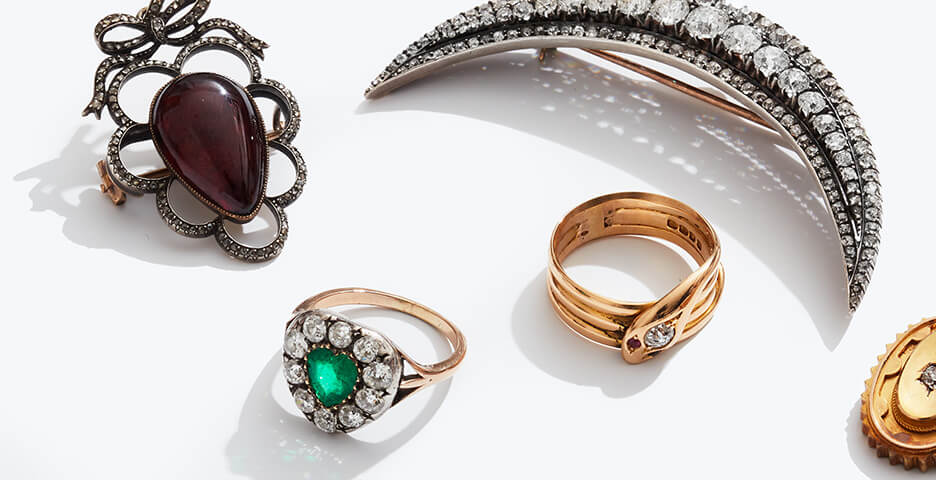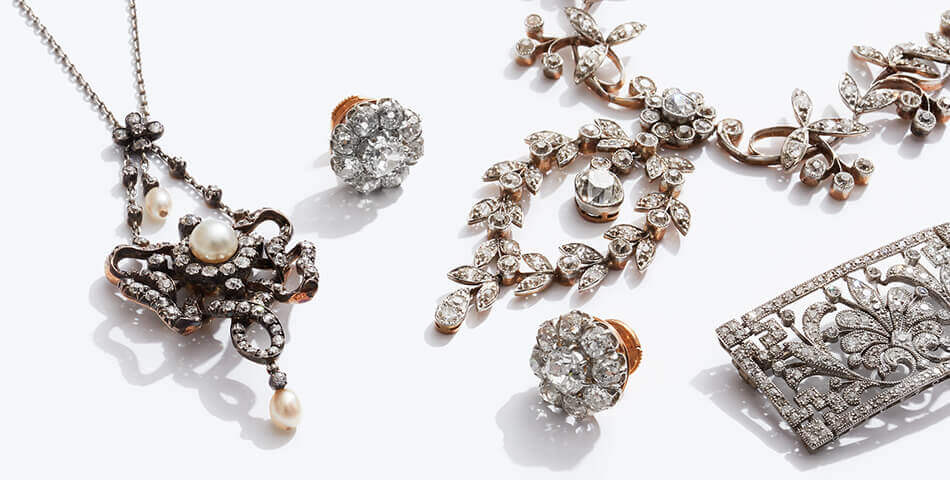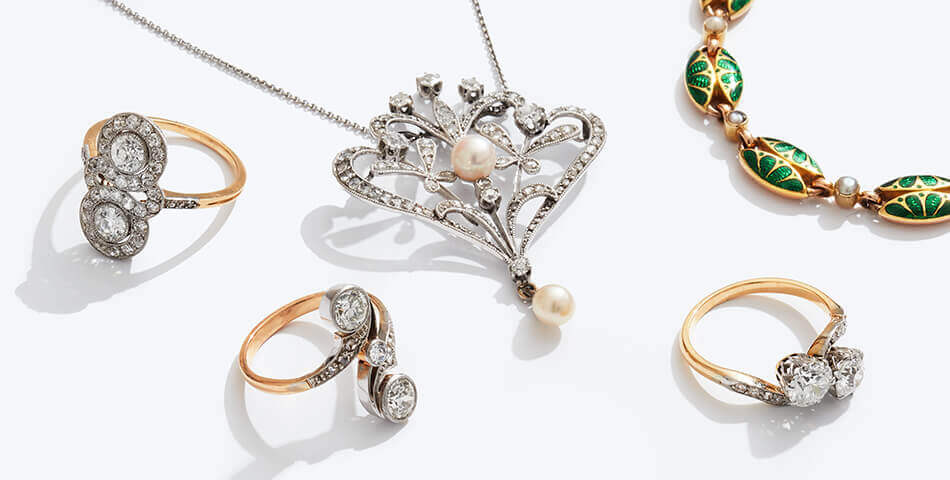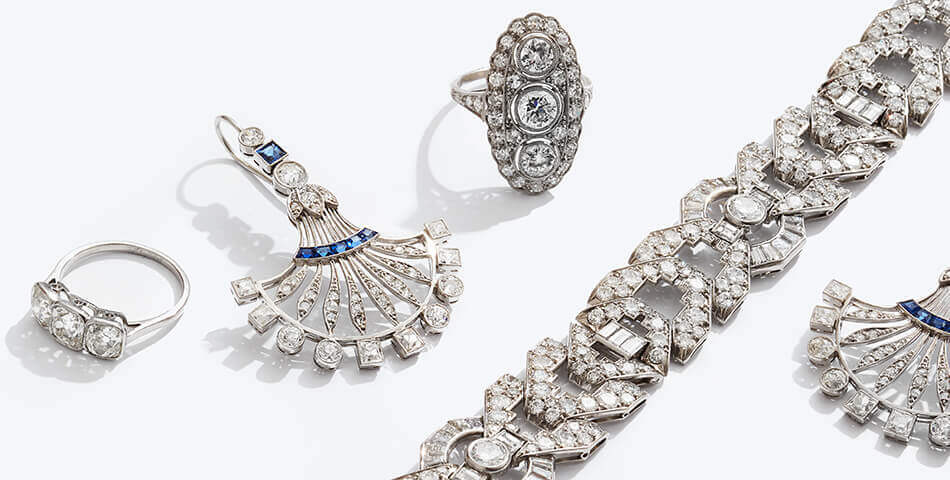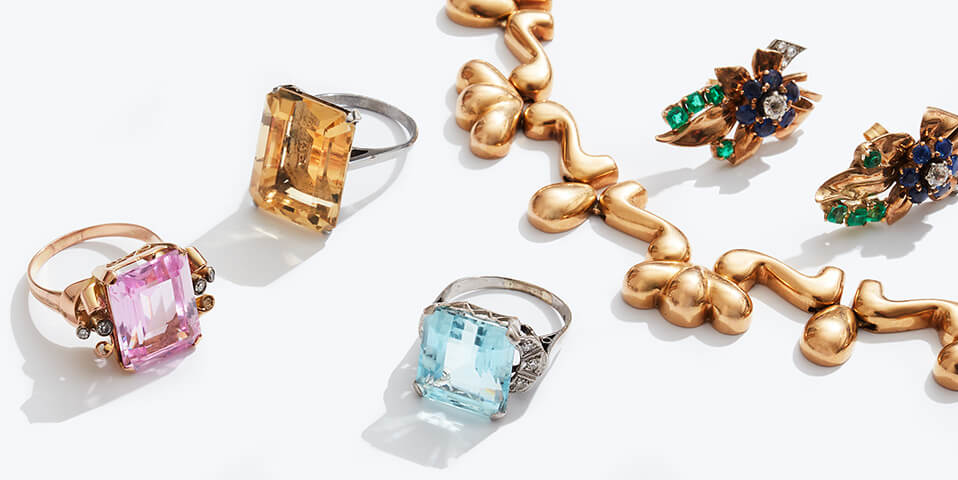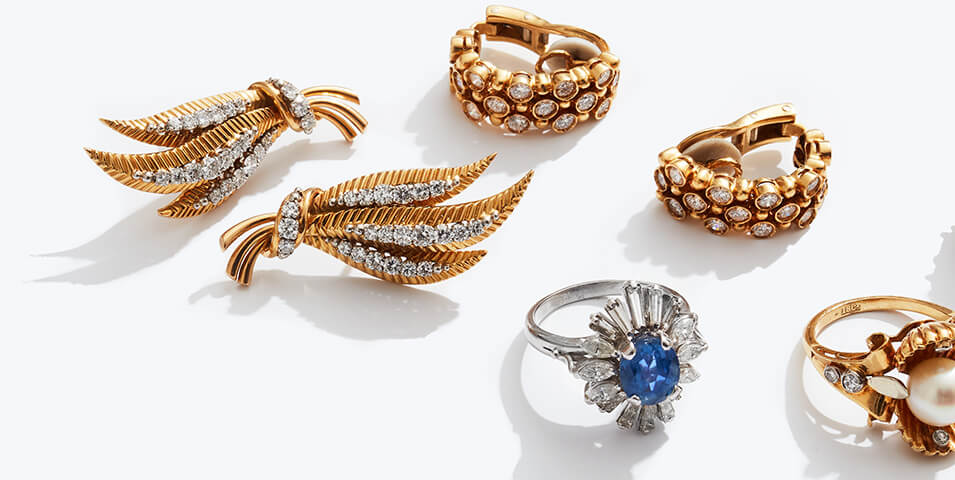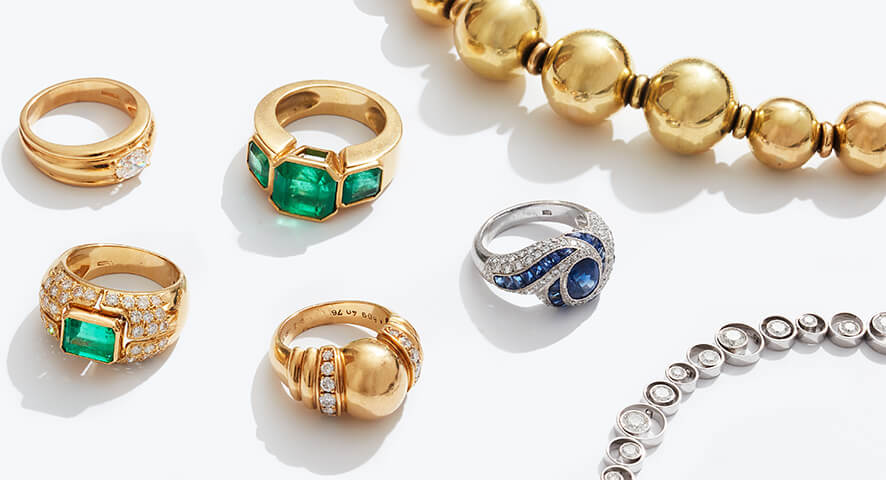-
Your Shopping Bag is empty
Georgian (1714-1830)
The Georgian era was a time of frenetic social activity, flamboyant fashion and fast-paced change throughout Europe and America.
Demand for jewels was high, so excellently preserved pieces can still be found today. The goldsmiths of the day were highly skilled and diamonds were popular, although a wide variety of materials and stones were used.
Popular styles of the day included stacked rings and large stones surrounded by small diamonds; diamond rivières (‘rivers of light’); châtelaines – the original ‘handbags’ – from which hung necessary day to day items; love tokens, incorporating mini portraits and locks of hair; mourning jewelry and elaborate buckles, buttons and hair accessories.
Shop Georgian jewelry

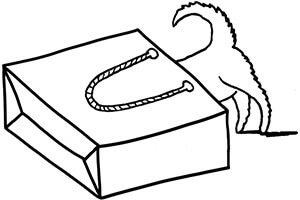

 Free Shipping
Free Shipping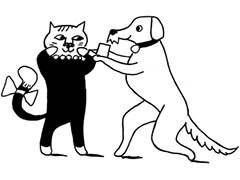 View All
View All
 Diamond Rings
Diamond Rings
 Sapphire Rings
Sapphire Rings
 Emerald Rings
Emerald Rings
 Ruby Rings
Ruby Rings
